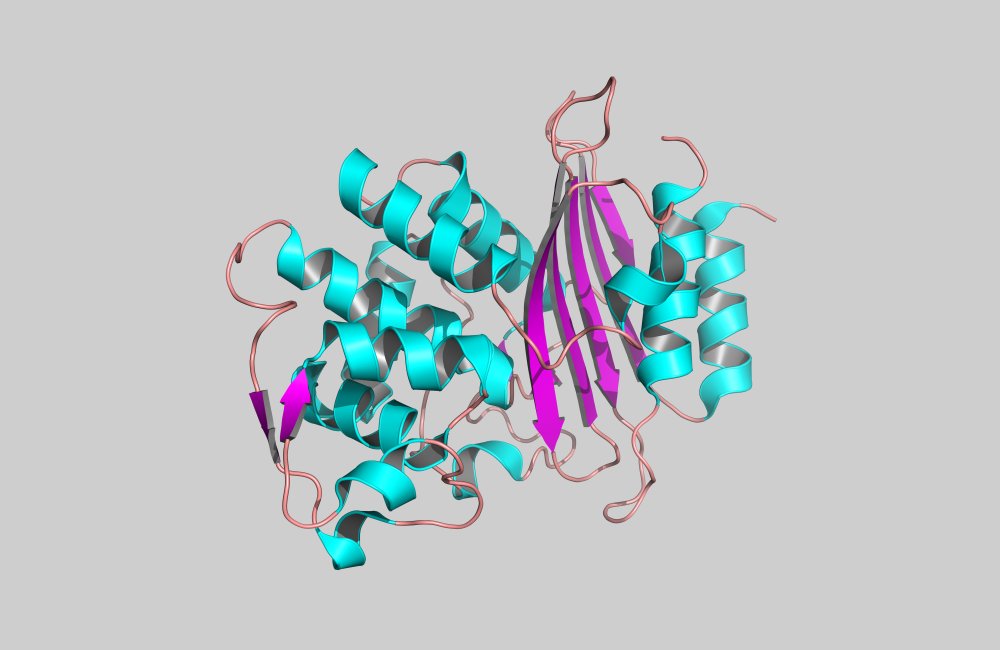March 1, 2018 – New insights into certain catalytic enzymes formed by bacteria to break down antibiotics may lead to the design of drugs better equipped to combat resistant bacteria. Scientists at Oak Ridge National Laboratory used neutron crystallography at the lab’s Spallation Neutron Source to study the interaction between one of these enzymes, called a beta-lactamase, and an antibiotic, building on data collected with x-ray crystallography. “Antibiotics destroy bacteria by preventing cell walls from forming, but beta-lactamases bind to the drugs to stop this attack,” said ORNL’s Patricia Langan, coauthor of a study published in ACS Catalysis. The binding of the antibiotic subtly altered the protein structure in the beta-lactamase and helped transfer a proton from one part of the enzyme to another, the first step toward blocking the drug’s effects. “With neutrons, we can gain a much deeper understanding of the mechanisms that break down antibiotics,” Langan added. - By Elizabeth Rosenthal
Using neutrons, an ORNL research team studied the protein structure of bacteria-produced enzymes called beta-lactamases by examining one of them to better understand how resistant bacteria behave. This research could help inform the development of more effective antibiotics. Credit: Leighton Coates/Oak Ridge National Laboratory, U.S. Dept. of Energy.
Topics:





